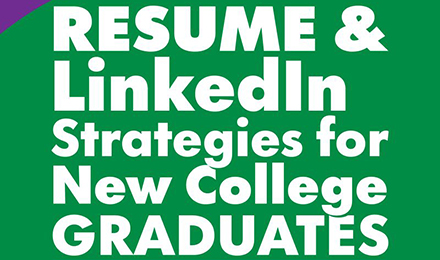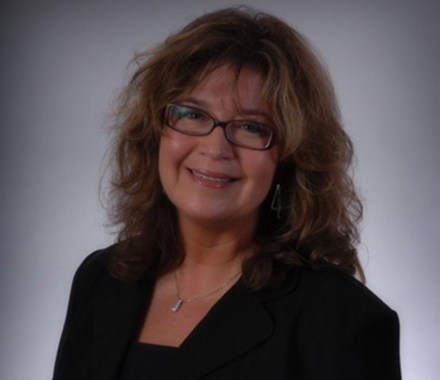A recently published book co-authored by veteran career coach and English instructor Jan Melnik, assistant program director in the Office of Academic Affairs on the University of South Florida’s Sarasota-Manatee campus, offers tips and insights on what Melnik says is essential to college students successfully launching a career in the digital age: Crafting a resume and LinkedIn profile that will stand out and help sell them to potential employers.
"Resume and LinkedIn Strategies for New College Graduates — What Works to Launch a Gen-Z Career," co-written with Louise Kursmark, was released in March.
Written in a brisk, conversational style, the book offers tips — and dozens of examples — on how to write an effective resume and LinkedIn profile, as well as cover letters, introductory emails and other communications that are part of every job search. The authors also offer advice on how to prepare for an interview and, after you receive an offer, negotiate your salary and other parts of the position.

The book includes testimonials from college career center professionals about the advice they provide students and graduates, including from Toni Ripo, coordinator of career services on the USF Sarasota-Manatee campus.
The book describes LinkedIn as “today’s must-have social/professional medium for networking and job search.”
Melnik, who formerly taught English and business communications on the Sarasota-Manatee campus and runs her own career management firm, said students in Generation Z should build and nurture a strong personal brand while in school and afterwards. This is important because it is estimated they could change jobs as many as a dozen or more times during their working lives.
Part of that is having a strong, unique presence on LinkedIn. “You are the chief marketing officer of you,” Melnik said.
Melnik said students and recent graduates can use LinkedIn, which turns 20 years old this year, to cultivate a network of professors, academic advisors and others who might help them search for and land that sometimes elusive first job.

Jan Melnik
However, Melnik said most USF students in her classes didn’t even have a LinkedIn account. They dismissed LinkedIn as being only for older generations and told Melnik they already have their networks of friends and associates on other social media apps.
What makes being on LinkedIn essential, according to Melnik, is that regardless of whatever stigma students might perceive, it is one of the top sites used by potential employers to identify and recruit employees.
So, what does a well-done LinkedIn profile look like?
If you are starting from scratch, remember, Melnik said, to “be authentic, be genuine. Be sure the first three lines in the ‘About’ section convey a message that is compelling and invites interest and shows personality. And feel free to show creativity,” which Melnik said means students shouldn’t lead with their major and expected graduation date.
Some other tips on how to build a successful LinkedIn profile, according to Melnik, include:
- Don’t make your profile just another version of your resume. In fact, ignore LinkedIn’s encouragement to upload your resume; “rather, create unique LinkedIn content that engages readers and prompts them to reach out to connect with you,” Melnik and Kursmark write in their book.
- The most important sections of your LinkedIn profile are the headline and the “About” section, especially the first three lines, “where you are trying to capture eyeballs and draw readers in,” the book states. “You want the reader to click ‘see more’ and move into the heart-and-soul of your About content.” Make your paragraphs short and concise.
- In the About section, as well as in the “Experience” section, make your content more conversational and engaging by writing in the first person. “Unlike your resume, do use the word ‘I’ in your LinkedIn narratives,” Melnik said. “Literally tell a story or two about what inspired you to study in a certain field or pursue a career in a particular discipline.”
Melnick encourages students who struggle to develop a unique value proposition to think about how others they respect have described them.
“What did your favorite professors, teachers or coaches say about you that really resonated? How about an employer from part-time work or a full-time summer job or even an internship describe you? Sometimes it can be helpful to fill in this blank: ‘One thing I know to be absolutely true about me is that I am .’
“And then consider something very true about yourself: Dedicated. Highly organized. Great time manager. Excellent follow-through. Committed. Always willing to step up and take the lead to get things started. Very much a ‘whatever it takes to get the job done well’ individual.
“These types of strengths can be effectively woven into the narrative ‘About’ section on LinkedIn as well as more formally expressed in the resume profile,” Melnik added.
Melnik is the author or co-author of more than a dozen books, including guides on resume writing and how to start a home-based business. In 2021, Melnik and co-author Kursmark published “Modernize Your Executive Job Search — Get Noticed … Get Hired.”
You can follow Melnik on LinkedIn, here.
The book is available from the publisher and on Amazon.